Announcing A New Book - Designing Multi-Agent Systems
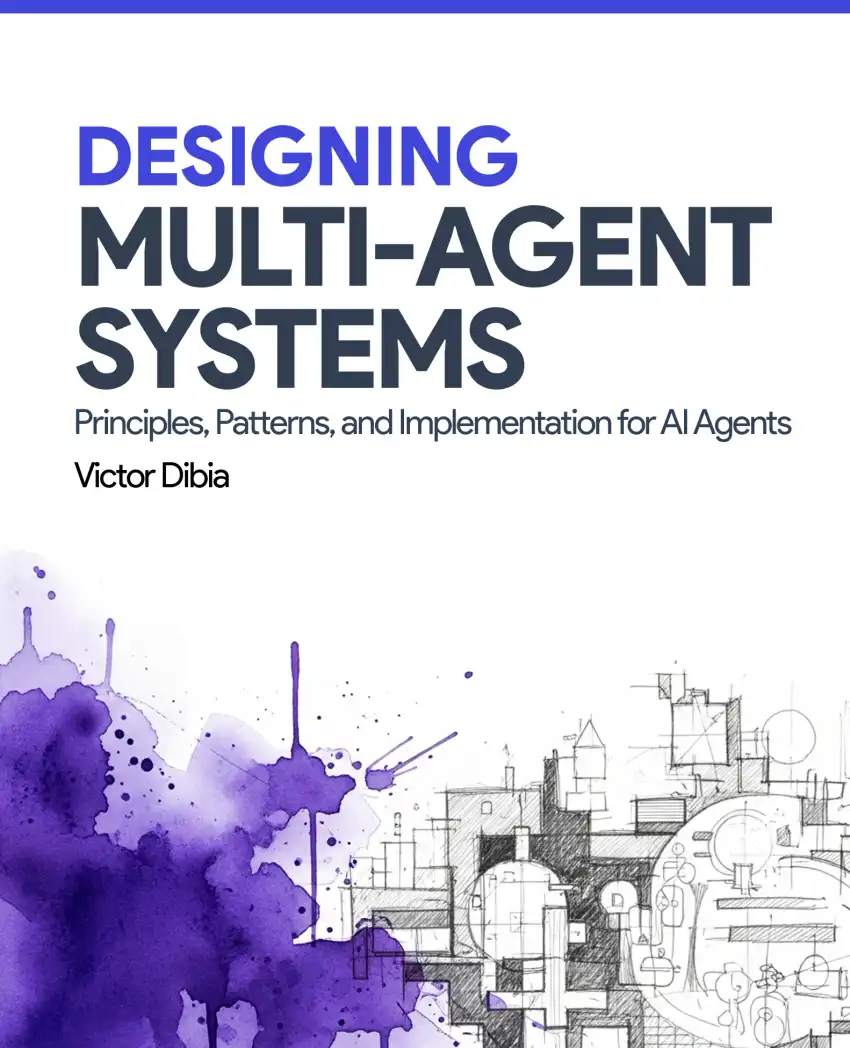
I'm excited to announce - I'm writing a book titled "Designing Multi-Agent Systems".
You can order the book at - buy.multiagentbook.com (digital version and print on Amazon).
The book was previously being published with Manning, but that did not work out. It is currently self-published on https://multiagentbook.com/
Recently, I've received numerous inquiries from software engineers, product developers, and engineering leaders about multi-agent systems. Common questions include how to build/configure them, when to use them, and how to integrate/deploy them in end-user applications. This book aims to address these questions and share insights gathered over the past year while contributing to the AutoGen open-source framework and developing tools like AutoGen Studio.
What to Expect in the Book
In this book, you'll learn about:
-
Multi-Agent Fundamentals — Core concepts and design patterns for multi-agent collaboration
-
Build from Scratch — Guides you through building a multi-agent system library from scratch - picoagents
-
Evaluation & Optimization — Testing, measuring performance, and building reliable systems at scale
-
Real-World Applications — Complete implementations for data analysis, software engineering, and information processing
While there are many ways to learn collaboratively about this growing and exciting field, we hope that reading this book and working through the code and experiments that accompany it will offer an engaging and effective learning experience. If you've enjoyed my previous writing style, explanations, and demos, I believe you'll find "Designing Multi-Agent Systems" equally compelling. It promises to be an interesting journey!
Who is the Book For?
This book is ideal for you if you are:
-
A software developer looking to expand your skills in AI-driven applications and leverage multi-agent systems for complex problem-solving
-
An AI practitioner interested in understanding and applying multi-agent architectures within existing AI projects
-
A system architect or engineer aiming to design more efficient and sophisticated AI solutions that require orchestration of multiple AI agents
-
A technical product manager seeking a deeper understanding of multi-agent AI technologies to oversee the development of advanced AI features in products
-
A designer looking to create intuitive user interfaces that are based on a multi-agent solution stack
About the Author
Victor Dibia
Principal Research Software Engineer, Microsoft Research
Victor Dibia (PhD) is a Principal Research Software Engineer at Microsoft Research, where he has contributed to projects like GitHub Copilot that serves millions of customers. He is the creator of LIDA, a widely used tool for automated visualizations using generative AI models, and AutoGen Studio, a low-code tool for prototyping multi-agent applications. Victor holds a PhD in Information Systems from City University of Hong Kong and an MSc in Computer Science from Carnegie Mellon University.
Acknowledgements
None of this work would be possible without all the engaged maintainers and contributors to the AutoGen OSS project (many of them my colleagues)! Thank you!
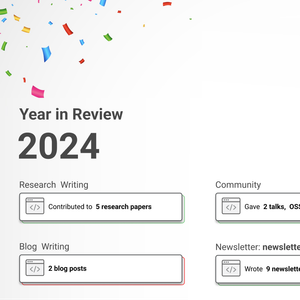 2024 Year in Review
2024 Year in Review 2025 Year in Review
2025 Year in Review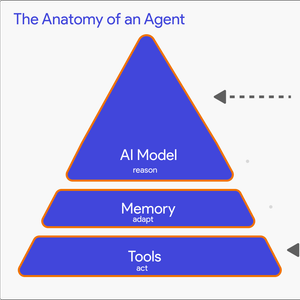 The Agent Execution Loop: Building an Agent From Scratch
The Agent Execution Loop: Building an Agent From Scratch 2023 Year in Review
2023 Year in Review Top 10 Machine Learning and Design Insights from Google IO 2021
Top 10 Machine Learning and Design Insights from Google IO 2021 10 Predictions on the Future of Cloud Computing by 2025 - Insights from Google Next Conference
10 Predictions on the Future of Cloud Computing by 2025 - Insights from Google Next Conference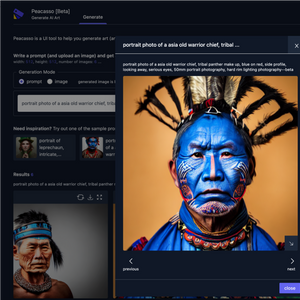 Introducing Peacasso: A UI Interface for Generating AI Art with Latent Diffusion Models (Stable Diffusion)
Introducing Peacasso: A UI Interface for Generating AI Art with Latent Diffusion Models (Stable Diffusion)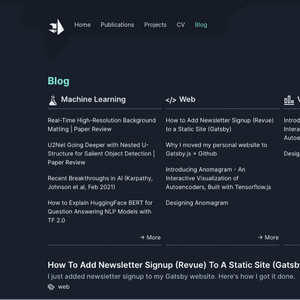 2018 Year in Review
2018 Year in Review